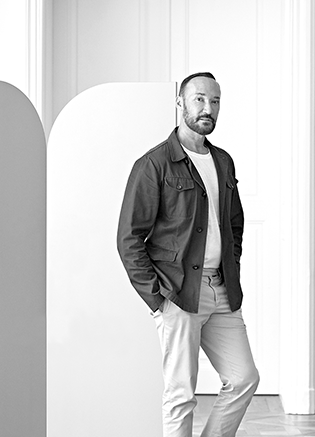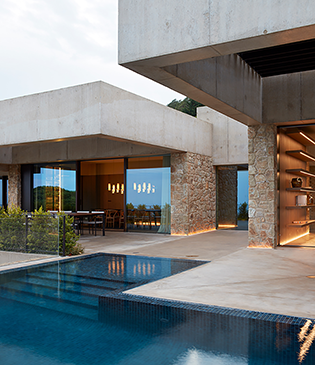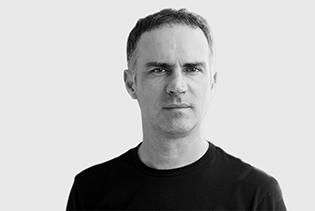Designed by Gazpacho Studio, Maruja is LZF’s new kid on the block. Fresh and fun, it’s a novel lamp, one that sparkles with a breezy manner. Packaged in kit form, this self-assembly pendant, with its classic chandelier-like silhouette, will fit perfectly in many environments: from a sparsely furnished student flat to a lofty penthouse abode.
Maruja offers a fresh-faced take on LZF’s wood veneer. Delivered in a sustainable flat-pack package—containing wood veneer strips, a circular frame, and pins—the lamp is easily put together, sans the need for tools or adhesives. Add a light bulb, and voila! And Maruja is already attracting much attention in the press, including features and mentions in Bo Bedre, El País Semanal, Casa Viva, and Interior Design.

Maruja in the press (clockwise from top left): Bo Bedre, Casa Viva, Interior Design, and Bo Bedre.
LZF talked with Gazpacho Studio (GS) about Maruja.
Maruja is LZF’s first flat-pack fixture. Why did you decide to create a self-assembly light?
(GS): Maruja was born from a search for a different product that didn’t already exist in LZF’s collection of lights. A concept such as movement, or the idea of generating large volumes with simple processes, led us to think about self-assembly. It was therefore a result of ‘rethinking’ aesthetics.
Maruja is a name whose origins lie in Galicia, and signifies both femininity and strength. Can you say more about the name and concept?
(GS): Gazpacho Studio is based on a passion for good work, and the search for recognition of traditional Spanish products. This vision inspires us, and as a result we work around tradition, naming our products in the same way.
With Maruja we find strength and beauty in equal parts. She has charisma and is not a common name. We found it beautiful from the beginning and accompanied the project with the slogan ‘Lady of the Heights’: it was about giving personality and entity to the object; treating the lamp as if it were a woman.
What was it like to work with LZF to develop Maruja?
(GS): We knew the brand and were attracted by the prospect of using wood veneer. We thought it was fun to be able to generate a new product for LZF. Mariví and Sandro were open to our proposals from the outset, and together we refined some aspects of the lamp in order to produce it.
Gazpacho Studio was set up in 2018 by Kar Durán and Concha Rodrigo, with the collaboration of Miguel López. Can you describe this relationship and how you work together?
(GS): Gazpacho Studio is versatile. We are lucky enough to be able to work on different types of projects. As a result, we collaborate with professionals from a range of sectors, depending on the moment and need.

Gazpacho Studio (L to R): Miguel López, Kar Durán, and Concha Rodrigo.
Working with a professional like Miguel is extremely advantageous, especially in projects that focus on product development. We have a close relationship, bordering on the familiar. It makes working together easy, fun, and rewarding.
What is the design ethos at Gazpacho Studio?
(GS): We like to define Gazpacho as colour, experiment and tradition. It’s a game between the past and the present; a timeless revision, with character.
We move between memory and Spanish production, without forgetting the importance of new languages and techniques. We believe in adapting to the needs of each company—we get to know a company, then surprise it by contributing ideas based on our values. We do this with a fun point of view and without an expiration date.
As a young design studio, how have you been affected by the Covid pandemic—what have you had to do differently?
(GS): In truth, at the studio level we haven’t had many changes. We are a small team and consider ourselves family. We spend a lot of time together, in the same areas, and with the same people. At Gazpacho, we like to have a good relationship with everyone and we are very expressive. That may have been the most challenging thing, only able to communicate with our clients and suppliers through email or video call. It’s a bit cold—we feel more comfortable with face-to-face relationships.
















